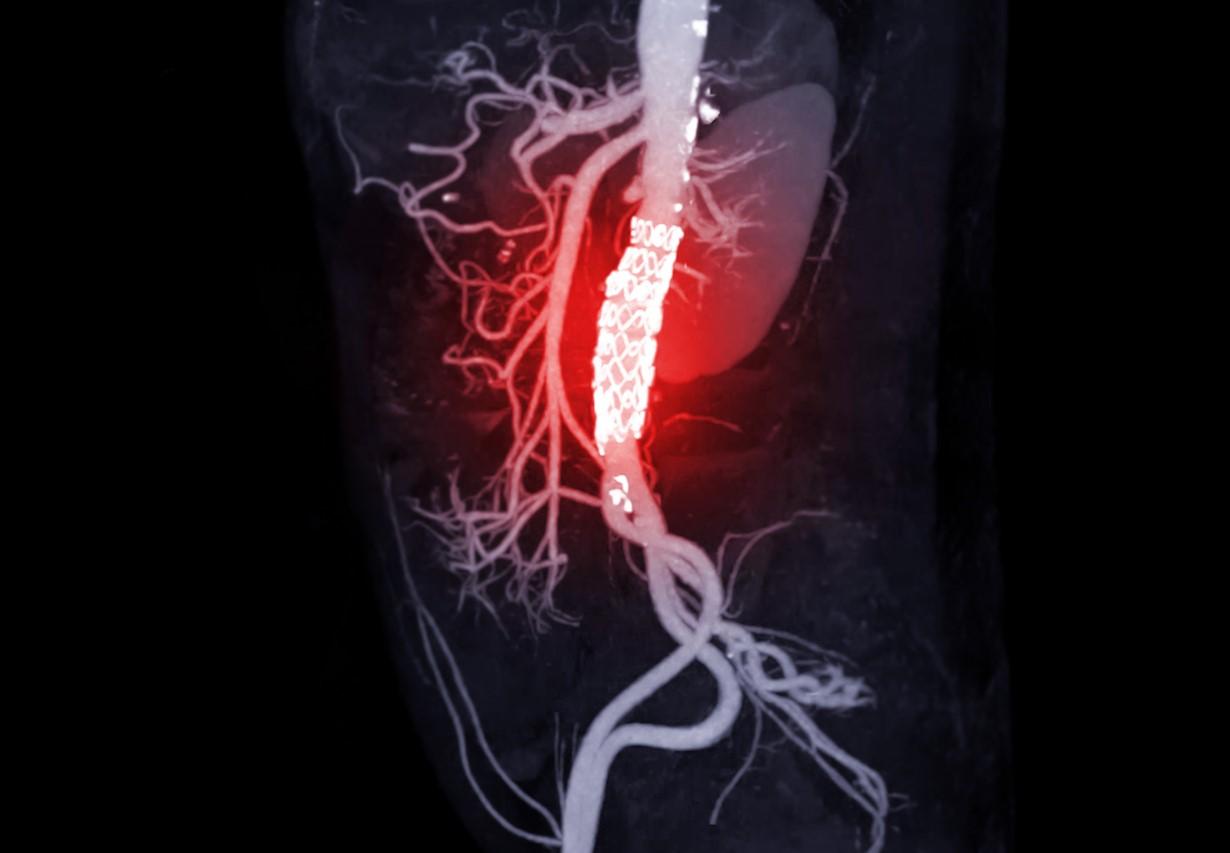A study by researchers in the United Kingdom suggests links between fluoroquinolone use and rupture or tearing of the body's largest artery may not be as strong as previously suggested.
The study, published yesterday in JAMA Cardiology, found that, after covariate adjustment, there was no evidence of increased hospitalization for aortic aneurysm or dissection with fluoroquinolone prescription compared with comparator antibiotics. The authors of the study suggest the increased risk of aortic aneurysm or dissection that's been observed in previous studies—and led the US Food and Drug Administration (FDA) to add a warning to fluoroquinolone packaging in 2018—may be related to infection itself.
Multiple study designs
For the study, a team led by researchers with the London School of Hygiene and Tropical Medicine conducted separate cohort and case-crossover studies using two databases of UK primary care records and hospital admissions data. Adults who were prescribed fluoroquinolones or cephalosporins from April 1997 to December 2019 were included in the cohort study, and adults hospitalized with aortic aneurysm or dissection during the same period were included in the case-crossover study.
The researchers say confirming that fluoroquinolone use is a risk factor for aortic aneurysm (a balloon-like bulge in the aorta) or dissection (a life-threatening tear or separation in the lining of the aorta) is important because abdominal aortic aneurysms are responsible for 1.3% of deaths in men aged 65 to 85 in high-income countries.
"Given the burden of aortic aneurysm or dissection, a causal association would be of concern to clinicians, patients, and regulators," the study authors wrote. "The aim of this study was to estimate the association between fluoroquinolones and hospitalization with aortic aneurysm or dissection using multiple study designs and study populations to increase the robustness of study findings."
In the cohort study, the researchers identified more than 3.5 million adults who were prescribed fluoroquinolones or cephalosporins during the study period. People who were prescribed either antibiotic were similar for most variables, but a higher proportion of those prescribed cephalosporins were women.
Given the burden of aortic aneurysm or dissection, a causal association would be of concern to clinicians, patients, and regulators.
In crude analyses, fluoroquinolone use was associated with increased hospitalization for aortic aneurysm or dissection compared with cephalosporin use (pooled hazard ratio [HR], 1.28; 95% confidence interval [CI], 1.13 to 1.44). But after adjustment for potential confounders, the association disappeared (HR, 1.03; 95% CI, 0.91 to 1.17).
In the case-crossover study, more than 95,000 patients with aortic aneurysm or dissection in the two databases were matched 3:1 to control patients. The researchers found that, relative to non-use of antibiotics, fluoroquinolone use was associated with a significant increase in hospitalization for aortic aneurysm or dissection (pooled odds ratio [OR], 1.58; 95% CI, 1.37 to 1.83). But the risk was also elevated in patients who received cephalosporins, trimethoprim, and co-amoxiclav.
When fluoroquinolone use was compared with the use of these comparator antibiotics, there was no evidence of increased risk of hospitalization with aortic aneurysm or dissection (pooled OR vs cephalosporin, 1.05; 95% CI, 0.87 to 1.27; vs trimethoprim, 0.89; 95% CI, 0.75 to 1.06; vs co-amoxiclav, 0.98; 95% CI, 0.82 to 1.18).
Side effects of fluoroquinolones
The findings are noteworthy because aortic aneurysm and dissection are just one of several potential side effects that have been identified for fluoroquinolones, which cover a broad range of gram-positive and gram-negative bacteria and are one of the most commonly prescribed antibiotic classes. Other side effects that have been added to fluoroquinolone packaging include tendinitis, tendon rupture, and peripheral neuropathy.
The authors note that the association between fluoroquinolones and tendon rupture, which is linked to collagen degradation, was what led researchers to investigate associations with aortic diseases, which also involve collagen degradation.
After a review of adverse event reports and observational studies suggested a link, the FDA added the warning in 2018 and advised patients with a history of aortic aneurysm to consider alternative antibiotics. But findings from subsequent studies have been mixed.
Given the limited number of effective antibiotics, and the need for multiple antibiotics to combat rising antibiotic resistance, the authors say an informed understanding of the risks and benefits of fluoroquinolones is critical. They say these findings should provide some reassurance to prescribers on fluoroquinolone safety with respect to aortic aneurysms or dissection.




















